The question of where Belize is truly located often puzzles many. While some might assume its placement aligns with a specific continent, the reality is significantly more complex. Belize is found in Central America, though it technically belongs to the North American continent. It is strategically positioned between Mexico to the north and Guatemala to the west and south. This vibrant tropical nation borders the Caribbean Sea, showcasing a unique mix of geographical and cultural diversity that sets it apart from standard continental expectations. Understanding Belize's global positioning not only clarifies its geographical identity but also enhances our appreciation of its fascinating and strategic location on the world map.
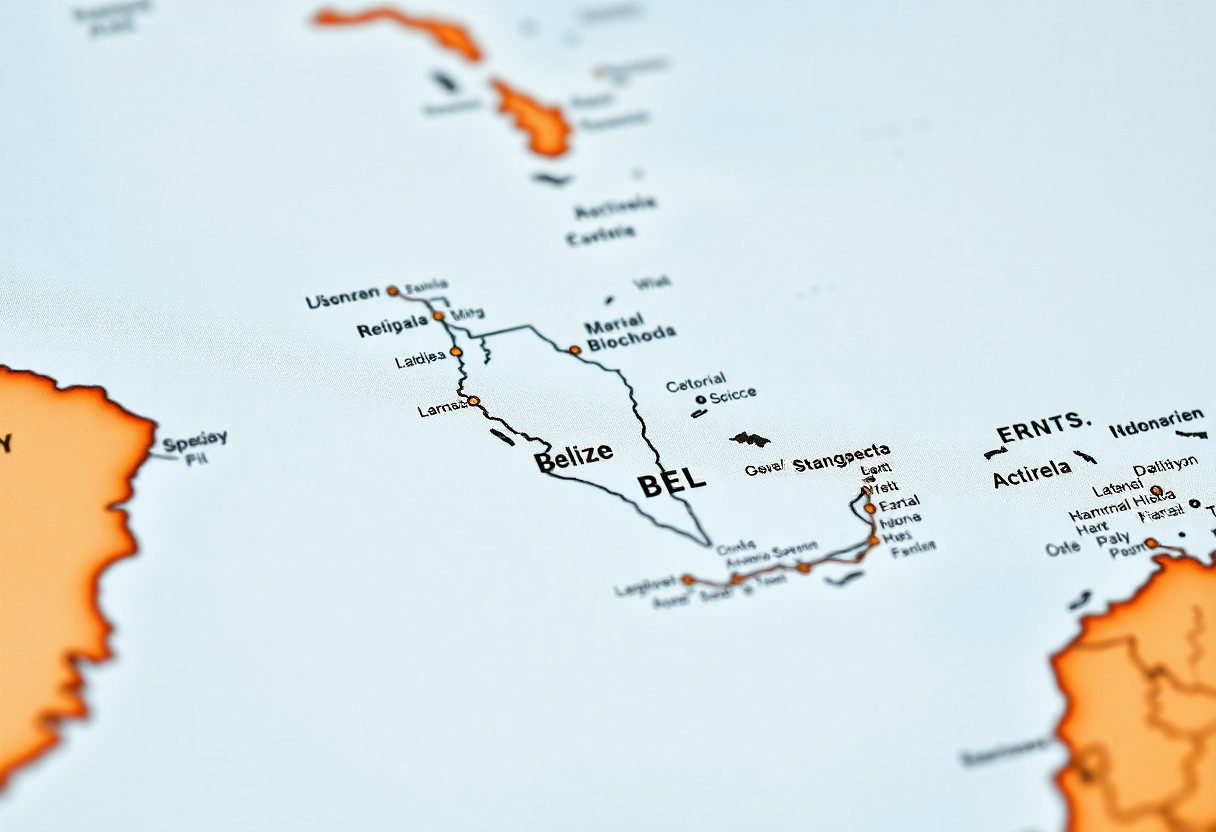 Here’s the text for your blog post:
Here’s the text for your blog post:
Discovering the Intricacies of Belize's Geographical Position
The geographic placement of Belize may catch many by surprise, as it is technically part of North America yet frequently associated with Central America due to its unique cultural and regional attributes. This small but significant country exists in a distinctive segment of the continent, where Caribbean influences intertwine with Latin American traditions, making its geographic identity particularly notable. The blend of these cultures not only enriches the country’s charm but is also essential to its identity and allure, attracting visitors from all corners of the globe.
Examining the Strategic Geographic Importance of Belize
Located just north of the equator on the eastern coast of Central America, Belize boasts a strategic location nestled between Mexico to the north and Guatemala to the west and south. Covering an area of around 22,970 square kilometers, Belize proudly holds the title of the second smallest country in Central America. Its coastline gracefully stretches along the Caribbean Sea, presenting a diverse array of landscapes and ecosystems, each contributing to the nation’s rich natural heritage and making it a prime destination for eco-tourism and adventure.
Exploring Border Interactions with Neighboring Nations
The borders of Belize are defined by its neighboring countries, with Mexico marking its northern edge and Guatemala outlining its western and southern boundaries. The borders extend approximately 250 kilometers with Mexico and around 266 kilometers with Guatemala. These intricate connections create a rich tapestry of historical and cultural interactions. The border regions are vibrant, populated by diverse ethnic communities where shared histories and cultural exchanges thrive, despite occasional past tensions. Today, these border areas represent dynamic zones of cultural fusion and economic cooperation, showcasing the rich multiculturalism that defines Belize.
Exploring Belize’s Profound Caribbean Connections
A deeper analysis of Belize’s geographical and cultural landscape unveils its strong ties to the Caribbean region. Although it is geographically classified within Central America, Belize maintains robust cultural, historical, and linguistic bonds with its Caribbean neighbors. The country’s British colonial heritage and English-speaking population align it much closer to Caribbean nations than to its Central American counterparts, enriching its cultural identity and making it a unique player in both regions.
Celebrating Coastal Identity and Rich Marine Ecosystems
To fully grasp Belize’s essence as a Caribbean nation, one must delve into its breathtaking coastline along the Caribbean Sea. As you traverse this stunning area, you will encounter vibrant marine ecosystems, thriving coral reefs, and a maritime culture that embodies the Caribbean lifestyle. The coastal regions of Belize are a remarkable fusion of natural beauty and cultural diversity, perfectly encapsulating the essence of what it means to possess a Caribbean identity, attracting nature enthusiasts and adventure seekers alike.
Belize's Active Engagement with CARICOM
Integral to Belize’s Caribbean connections is its membership in the Caribbean Community (CARICOM). This strategic alliance not only opens doors to economic, diplomatic, and cultural opportunities but also solidifies Belize’s regional identity and collaborative potential within the Caribbean landscape. Belize’s active role in CARICOM signifies more than just membership; it reflects a commitment to regional integration that fosters significant mutual benefits.
This regional collaboration allows Belize to engage in vital trade negotiations, gain crucial diplomatic support, and promote rich cultural exchanges. By leveraging the collective strengths of its Caribbean partners, Belize enhances its international standing and reinforces its contributions to Caribbean nations, creating a powerful platform for shared growth and development.
Debunking Common Misconceptions About Belize's Geography
There exists a prevalent misconception about Belize’s geographic classification that can confuse even the most seasoned travelers. One might wonder how this small nation fits within the broader continental framework, especially given its unique position at the crossroads of Central America and the Caribbean region.
Clarifying Geographic Misunderstandings About Belize
A common misunderstanding is the assumption that Belize can be neatly categorized into a single geographic category. Its complex location defies conventional continental boundaries, as it is situated at a fascinating junction that challenges simplistic categorization. Gaining a deeper understanding of Belize’s geographical position reveals a more intricate narrative than many initially recognize, emphasizing its unique role in the region.
Understanding Belize's Unique Cultural and Geographic Identity
Considering its close proximity to Mexico and Guatemala, one might easily conflate Belize’s geographic identity with that of its neighboring countries. However, the nation's rich cultural and linguistic characteristics, highlighted in various aspects, distinctly differentiate it within the Central American landscape. Belize is not merely a geographical anomaly; its strategic position serves as a bridge between North and Central America, making it an intriguing subject for the study of geographic complexity.
Belize’s location significantly influences its culture, history, and international relationships, creating a rich tapestry of geographic and cultural significance that transcends simple continental classifications.
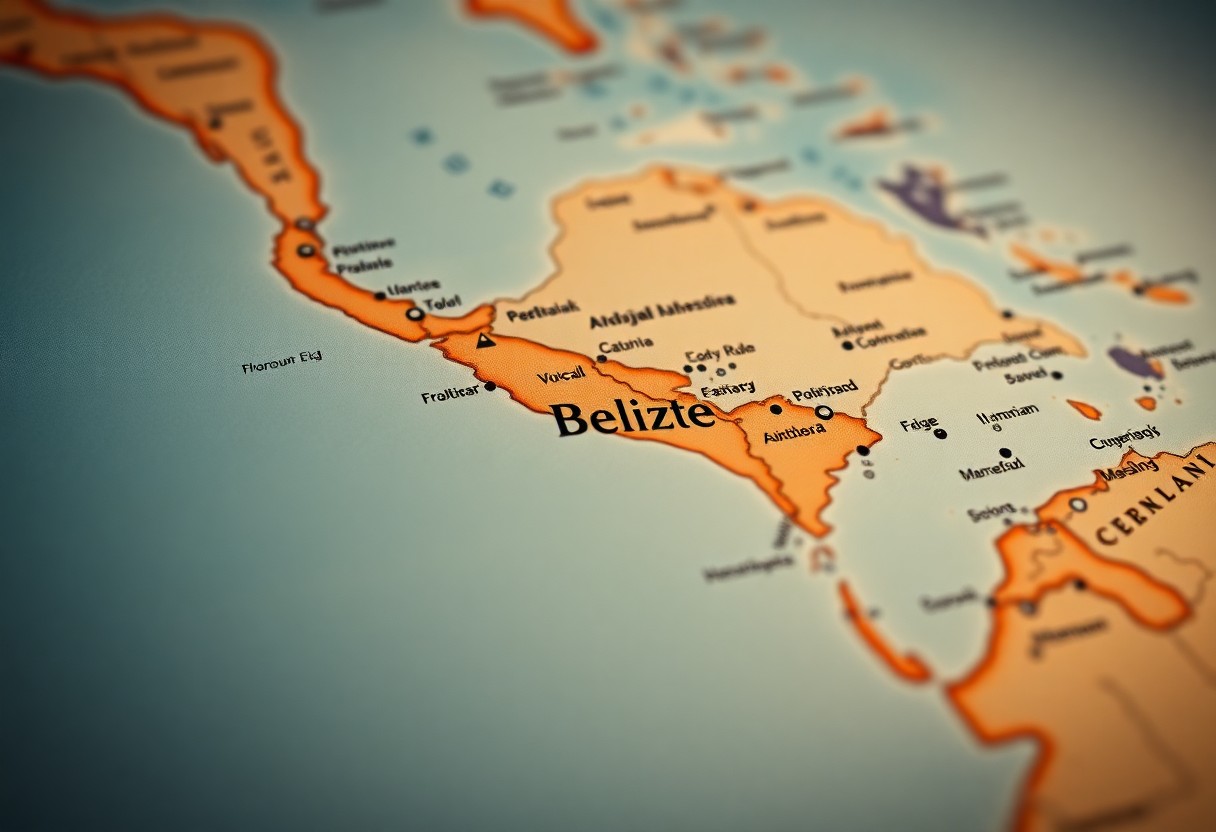
Exploring Travel Opportunities Arising from Belize's Unique Location
Contrary to the assumptions held by many travelers, Belize’s exceptional geographical position opens up a wealth of remarkable travel opportunities across various regions. Its location at the intersection of North and Central America offers diverse and accessible travel experiences. This prime positioning allows for seamless exploration of neighboring countries, providing a gateway to both Caribbean and Central American cultures, thereby enriching any travel itinerary.
Convenient Accessibility for North American Travelers
Situated just south of the United States, Belize offers convenient and relatively short travel distances for individuals traveling from North America. Expect direct flights from major cities, typically spanning between 2-4 hours, making it an attractive tropical destination. Depending on the departure city, particularly from southern U.S. locations, you may uncover even more expedient routes to this captivating locale.
Exploring Diverse Travel Methods: Flights and Cruises
Among the most popular methods for reaching Belize are international flights and cruise ship arrivals. Numerous airlines offer direct routes from major North American hubs, including well-known carriers such as United, American, and Delta, ensuring consistent connections to Belize City’s Philip S. W. Goldson International Airport. This variety of options caters to a wide range of travel preferences.
Furthermore, your travel options extend beyond traditional flights. Cruise ships frequently dock at Belize City’s port, providing an alternative maritime route to experience the country. Various cruise lines include Belize in their itineraries, granting travelers the chance to explore coastal regions and enjoy organized shore excursions. These cruises offer an enticing glimpse into Belize’s stunning Caribbean coastline and its rich cultural diversity, making them an appealing choice for travelers seeking a leisurely travel experience.
Here’s the text for your blog post sections:
Diving into Belize's Cultural Tapestry
Belize presents a captivating cultural landscape that defies simplistic categorization. You will encounter a rich tapestry of influences that blend Caribbean, Central American, and indigenous traditions into a distinct national identity. The country’s multiethnic heritage significantly shapes its social fabric, with diverse groups such as Creole, Garifuna, Maya, and Mestizo populations contributing to its vibrant cultural mosaic.
The Geographic Influence on Belize's Cultural Development
Belize’s location at the convergence of the Caribbean Sea and the Central American mainland profoundly influences its cultural evolution. You will notice how coastal landscapes and tropical environments shape traditional practices, economic activities, and social interactions. The maritime traditions and adaptations to agriculture reflect the distinctive geographical positioning of Belize, underscoring the intricate relationship between geography and culture.
Celebrating Belize's Diverse Demographics and Cultural Heritage
One of the most striking features of Belize is its remarkably diverse population. You will find that the populace is composed of multiple ethnic groups, each contributing unique cultural elements to the national identity. This demographic composition mirrors historical migrations, colonial interactions, and indigenous roots, creating a complex cultural landscape that is dynamic and evolving.
Moreover, Belize’s intricate social dynamics are noteworthy. Approximately 50% of the population is mestizo, complemented by substantial Creole, Maya, and Garifuna communities. Despite its relatively small population of around 400,000, Belize represents an extraordinary blend of linguistic and cultural diversity. English serves as the official language, facilitating communication across various ethnic groups and fostering a unifying national identity that celebrates its multicultural heritage.
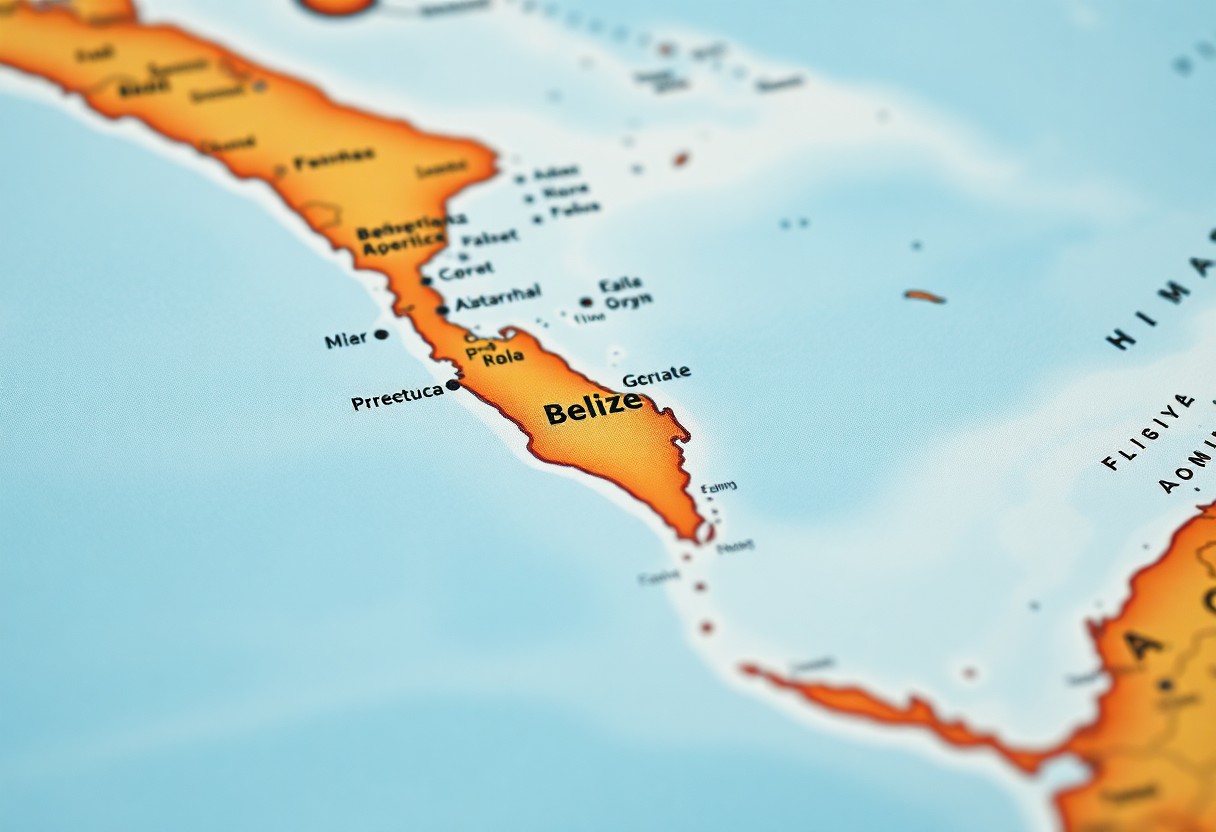 Here’s the text for the blog post sections:
Here’s the text for the blog post sections:
Analyzing Belize's Economic Landscape
Belize’s economy is a reflection of its unique geographical positioning and manifests in various sectors. As a small nation with stunning Caribbean coastlines, it boasts an economic structure that is both diverse and adaptable. The country leverages its strategic location to develop sectors such as tourism, agriculture, and offshore services, creating a resilient economic framework that integrates traditional industries with modern opportunities.
Trade Relations and Economic Partnerships with Neighboring Nations
In the context of regional dynamics, Belize maintains vital trade connections with its neighboring countries. Strong economic ties with Mexico and Guatemala are facilitated by bilateral agreements, promoting cross-border commerce and trade. Understanding these relationships is essential for grasping Belize’s economic interdependence and regional economic strategies, emphasizing the importance of collaboration in fostering growth and stability.
Geographical Factors Shaping Belize's Industries
The geography of Belize significantly influences its industrial development. You will observe how coastal regions drive maritime industries, while inland areas foster agriculture and forestry sectors. The diverse terrain provides unique economic opportunities that shape the nation's productive capacities and industrial landscape.
This geographical diversity creates a multifaceted economic environment. The coastal ecosystems support fishing and marine-related industries, while tropical forests sustain sustainable timber and agricultural production. Moreover, the potential risks of climate change also play a significant role in shaping industrial strategies, encouraging sectors to adopt more resilient and adaptive economic models.
Here’s the paragraph:
Understanding Belize's Geographic Identity and Its Implications
Ultimately, you may find it fascinating that Belize occupies a unique geographical position, nestled within Central America, while officially being part of the North American continent. Comprehending Belize’s global positioning reveals its strategic role as a bridge connecting the North and South American regions. As you explore this remarkable country, you will gain insight into its complex continental identity, situated on the southeastern edge of the North American landmass and adjacent to the Caribbean Sea. This geographical nuance makes Belize a distinctive destination that defies simple continental categorization, offering an enriching mix of cultural and geographical diversity.
Here’s a detailed FAQ about Belize’s geographic position:
Frequently Asked Questions About Belize's Geography and Position
Q: Is Belize located in North America or Central America?
A: Belize is geographically situated in Central America, which is technically considered part of North America. It is positioned on the northeastern coast of Central America, sharing borders with Mexico to the north and Guatemala to the west and south. While some geographers regard Central America as a distinct subcontinent, it is officially recognized as part of the North American continent.
Q: What are Belize’s geographical coordinates and unique regional characteristics?
A: Belize is located approximately between 15.8° and 18.5° north latitude and 87.5° and 89.2° west longitude. The country features a diverse landscape that encompasses tropical rainforests, coastal plains, and a rich coastline along the Caribbean Sea. Its unique geographical position situates it within the Central American region while maintaining distinct geographical and cultural characteristics that define its identity.
Q: How does Belize’s location influence its cultural and historical development?
A: Belize’s geographical positioning has profoundly shaped its cultural diversity and historical trajectory. Serving as a bridge between North and South America, it has been influenced by the Mayan civilization, European colonization, and Caribbean elements. Its location has facilitated trade, migration, and cultural exchanges, contributing to a rich, multicultural society that embraces Creole, Garifuna, Maya, and mestizo populations.
The Article Which Continent Is Belize On? Understanding Its Global Position appeared first on Belize Travel Guide
The Article Belize’s Global Position: Which Continent Is It On? Was Found On https://limitsofstrategy.com
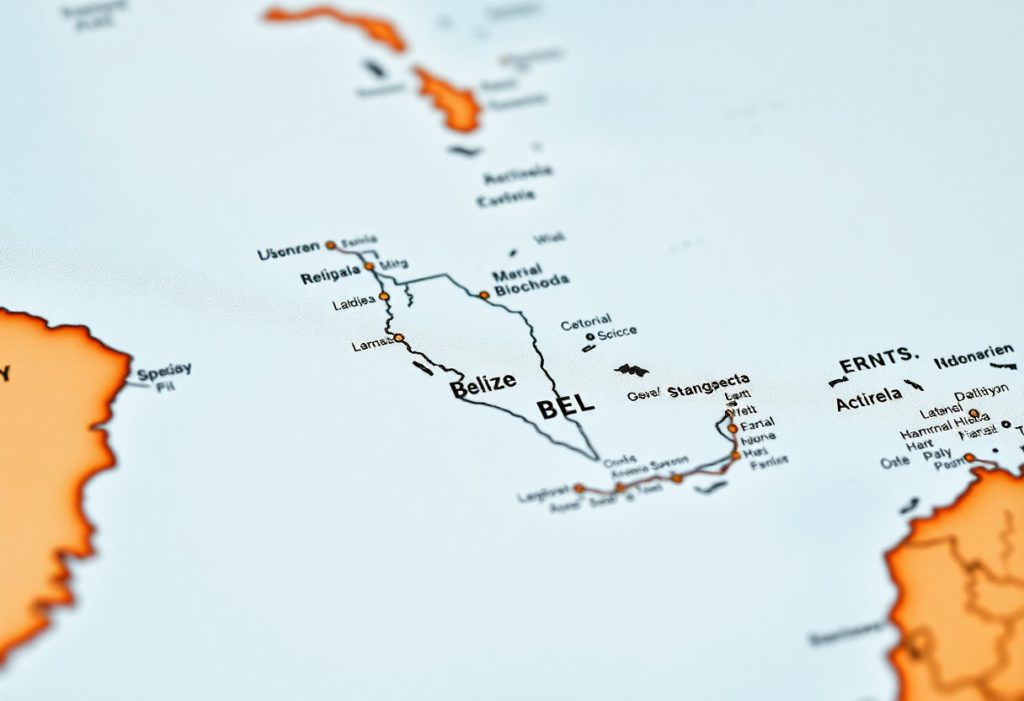

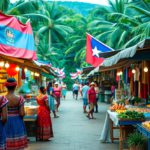
It’s really interesting how geographical identities can sometimes be more complex than we assume. I’ve always thought it fascinating that Belize, while so often seen as part of Central America, has this unique North American connection. It definitely highlights the fluidity of borders and cultural influences.
You bring up a great point about Belize’s positioning. It’s interesting how it often gets slotted into Central America, but its history and culture ties really weave through North America too. The British colonial influence is significant, and it shapes the language and even some cultural practices. Plus, the proximity to Mexico makes for quite the cultural blend.
Absolutely! It’s incredible how these connections shape our understanding of identity. If you’re curious to explore more about the cultural dynamics in Belize and beyond, check out this insightful article.
https://britsocdermpath.co.uk/PhotoLeap